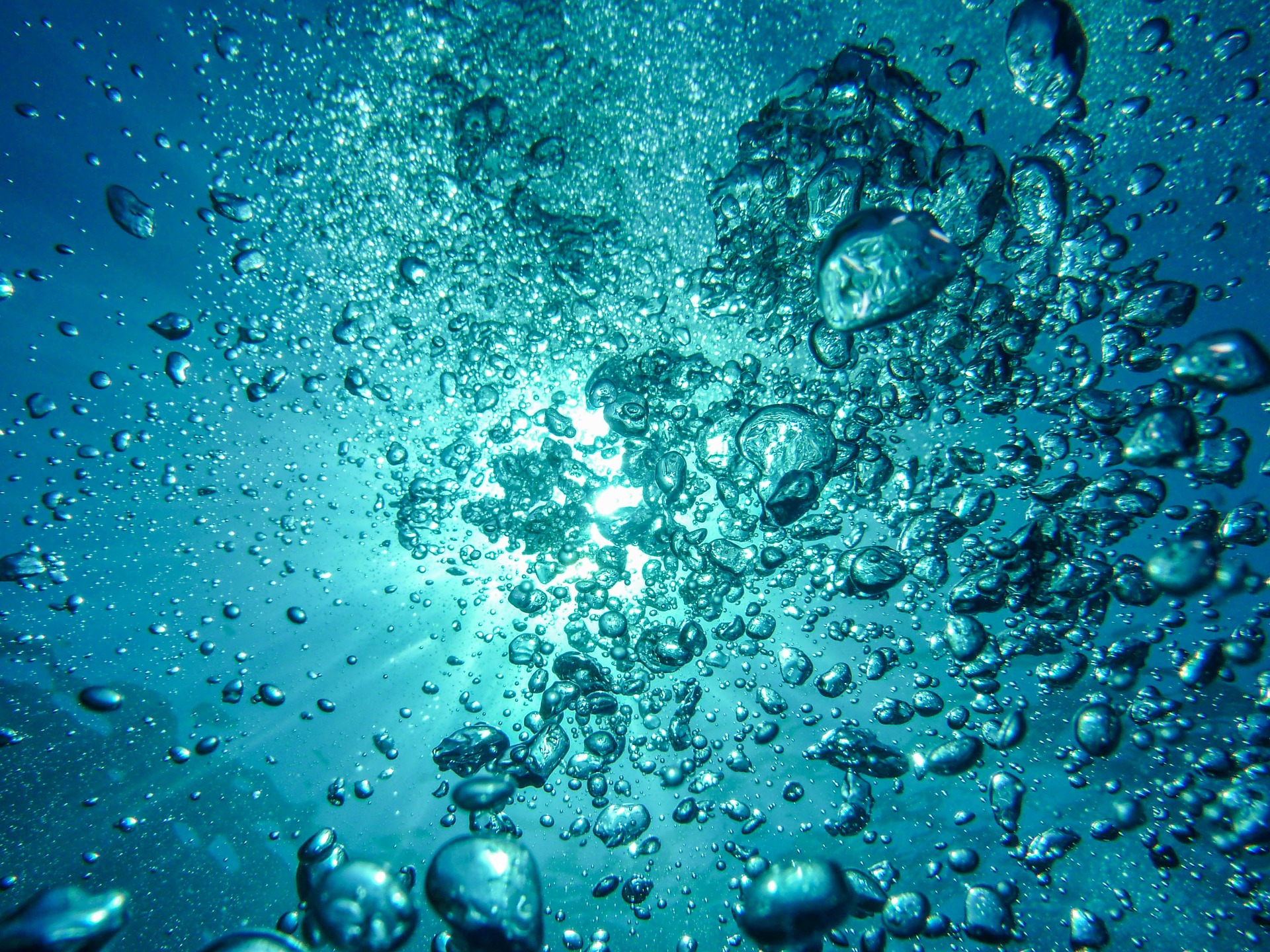By Peter Gleick, President Emeritus and Chief Scientist
Much more can and should be done with new data and methods to improve our understanding of water challenges, says Peter Gleick.
As populations and economies continue to expand and as anthropogenic climate change accelerates, pressures on regional freshwater resources are also growing. A wide range of assessments of water pressures has been produced in recent years, including the regular updates from the United Nations World Water Development Reports (WWAP 2003, 2006, 2009, 2012, 2014, 2015), the biennial assessment The World’s Water (Gleick et al 1998–2015), the Aqueduct water stress datasets produced by the World Resources Institute (WRI 2015), and numerous other efforts to develop quantitative water measures and indices. The development of such methods has become increasingly common in recent years in order to help measure progress and evaluate the impacts or effectiveness of water policies and practices. The new letter in this volume of Environmental Research Letters by Padowski et al (2015) offers another opportunity to evaluate freshwater threats and vulnerabilities.
There are several challenges associated with any effort to produce metrics to evaluate water-related vulnerabilities. These include the definition of ‘vulnerability’ or ‘risk,’ the selection of indicators across a range of scientific, hydrologic, economic, social, and political variables, the quality and availability of data, and the strategy used to weight, prioritize, or combine different measures into indices. A distinction must be made between different kinds of data and measures. Typically, the term ‘indicator’ or ‘measure’ refers to a single number derived from a variable that can be measured at a single place or time, or over a period of time, to denote the direction and magnitude of change. An ‘index’ is typically a single number that is a mathematical aggregation of two or more indicators (Gleick et al 2002).
The Padowski et al letter acknowledges the challenges of producing such metrics and attempts to address them by defining four separate categories of vulnerability (‘demand, endowment, infrastructure, and institutions’), identifying specific measures for each category, and (to their credit) by reporting on them separately and resisting the temptation to combine them into a single index. This effort builds on previous efforts to develop indices of vulnerability, including the Stockholm environment institute water resources vulnerability index in 1997 (Raskin 1997), the index of relative water scarcity (IRWS) developed by IWMI in the late 1990s (Seckler et al 1998), the water poverty index (Sullivan et al 2003), and work by many others (e.g., Gleick et al 2002, Garriga and Foguet 2010, Plummer et al 2012).
All together, they identify 19 indicators: six related to water demand, six to water endowments, two to infrastructure, and five to institutions. The data are developed at the country level, rather than the watershed level. Of the 19, 15 are considered ‘endogenous’ to the countries evaluated. The remaining four are exogenous, measuring food calories imported, water quantity and pollution that originates outside of a country’s borders, and virtual water imported in goods and services consumed internally.
The biggest challenge in developing vulnerability assessments has always been data limitations and quality. Such assessments are not limited by computer capability or the ability to conceive of or identify key components or factors that affect water risks. Instead they are limited by:
- Gaps in data on water availability, including basic hydrologic data such as groundwater availability, runoff, and evapotranspiration for watersheds and countries.
- Changes in definitions or methods of data collection over time, such as the definitions of ‘access’, ‘clean water’, and ‘sanitation services’ used by the United Nations.
- Very inconsistent collection and definition of water-use data across regions, watersheds, and economic sectors.
- Restrictions on access to water data in some regions.
- The inability to quantify some kinds of water metrics, such as ecological water needs or recreational uses, and especially institutional variables such as governance, regulatory effectiveness, or management ability.
- Uncertainties about how climatic changes are already altering water supply, demand, quality, and other variables, and will continue to do so in coming decades.
Padowski et al acknowledge some of these data constraints, including the ‘unavoidable overlap between information contained in some of the metrics’ though they are less explicit about gaps in information or about the qualitative nature of key factors that make developing certain quantitative indicators difficult or impossible. These data problems can be seen, in part, by the fact that of 258 countries and territories originally included in various databases they evaluated, 40 percent of countries were eliminated from consideration because of missing data, and another 14 percent were eliminated because they were considered ‘high income’ and hence defined to be less vulnerable. Of the remaining 119 countries that met their criteria, only 83 had data on all of the measures chosen for evaluation.
While this new assessment provides some additional insights into water-related vulnerability and risks, it still fails to fully take into account some advances in understanding developed over the past decade. For example, the authors focus on ‘blue water’—the water taken from natural and developed surface water systems—but largely leave out of their metrics the critical role of ‘green water’ for global agricultural production and ecosystem health. The choice of using national data rather than watershed data is understandable, given the desire to take advantage of more complete data sets and to address institutional criteria, but watershed data are increasingly available and important for assessing and implementing comprehensive watershed management strategies.
Ultimately, any effort to evaluate water-resource vulnerabilities will be limited by the choice of indicators, the quality and availability of data, and by region-specific details. For these reasons, no set of measures or single index will ever be suitable for comprehensive, cross-regional analyses; rather, the best we can hope for is to develop clear definitions, tools, and metrics that offer consistent ways of categorizing water-related vulnerabilities in order to identify regional hot-spots or risks and the best strategies to reduce those risks. In this case, the results of the Padowski et al assessment highlighted institutional vulnerabilities as the most common characteristic, while also noting that a substantial fraction of total countries assessed had multiple vulnerabilities. The authors appropriately note the problems with data quality, especially for some of the institutional measures they chose, and they call for improvements in data collection, an expansion of assessments to basin and regional scales, and continued efforts to develop insights about the nature of water resource vulnerabilities, but a more expansive choice of indicators acknowledging new challenges with rainfed systems, wider geographical boundaries, and the role of globalized trading regimes in worsening or ameliorating water problems would have been even more useful to readers.
For references see On methods for assessing water-resource risks and vulnerabilities at environmentalresearchweb‘s sister journal ERL.
This blog was original published on Environmental Research Web.


